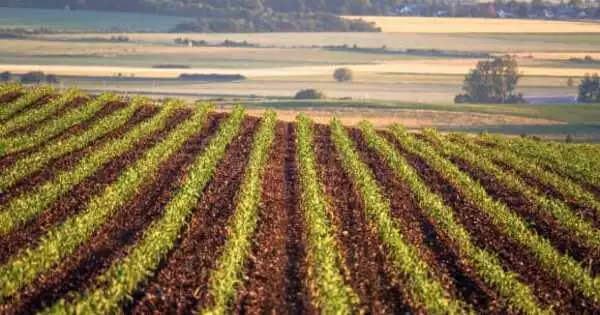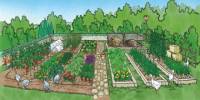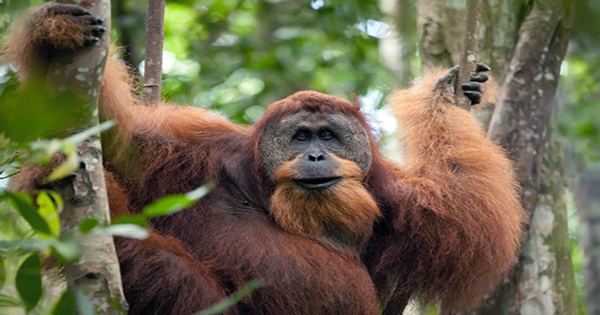According to a new study published in the open-access journal PLOS Biology by Samuel Wuest of the University of Zurich and Agroscope, Switzerland, and colleagues, a simple breeding experiment combined with genetic analysis can quickly uncover genes that promote cooperation and higher yields of plant populations. The findings have the potential to significantly increase crop productivity using traditional breeding methods.
Individuals compete in classic evolutionary theory, and those with the most competitively advantageous genes produce more offspring with the same winning genes. This presents a challenge for plant breeders, who are frequently forced to choose plants that cooperate rather than compete. In a dense monoculture stand of corn or wheat, overall yield may be improved if individuals avoid growing too tall or spreading their leaves too wide (the “Green Revolution” of the mid-20th century was largely dependent on the introduction of dwarfing alleles into major cereal grains).
The ideas that inspired this work are not new, many have in fact been formulated decades ago. And yet, the thought that we humans, one of the most cooperative species, can profit from making our crops more cooperative, too, still intrigues us today.
Samuel Wuest
It is difficult to identify alleles that may promote cooperation, but the authors devised a system to do so. According to game theory, the most cooperative genotype will perform best when surrounded by similarly cooperative neighbors but will perform poorly when surrounded by selfish, highly competitive neighbors. They used Arabidopsis as a model plant to compare a given plant’s performance when grown with another genetically similar individual to its performance when grown with a set of “tester” genotypes that differed in their growth strategies.
By determining both the overall vigor of each plant (as measured by above-ground biomass) and the difference between its growth in the two situations, they could see which plants maximized both the ability to grow rapidly and the ability to cooperate with genetically similar individuals so that their neighbors also grew well.

With that data in hand, they used published genome-wide polymorphism data to find the genes associated with the cooperative trait. They found it was most strongly associated with a small group of linked polymorphisms, and in particular a minor allele at one gene. When plants carrying that minor allele were grown in close proximity, they collectively produced 15% more biomass when grown at high density than plants carrying the major allele at the same locus. The cooperative effect was accompanied by reduced root competition adjacent plants may have spent less energy invading their neighbors’ root zones for nutrients.
The same comparative strategy could be used for discovering cooperative alleles for any measurable characteristic, Wuest said. “Such variation, once identified in a crop, could rapidly be leveraged in modern breeding programs and provide efficient routes to increase yields.”
Wuest adds, “The ideas that inspired this work are not new, many have in fact been formulated decades ago. And yet, the thought that we humans, one of the most cooperative species, can profit from making our crops more cooperative, too, still intrigues us today.”
















